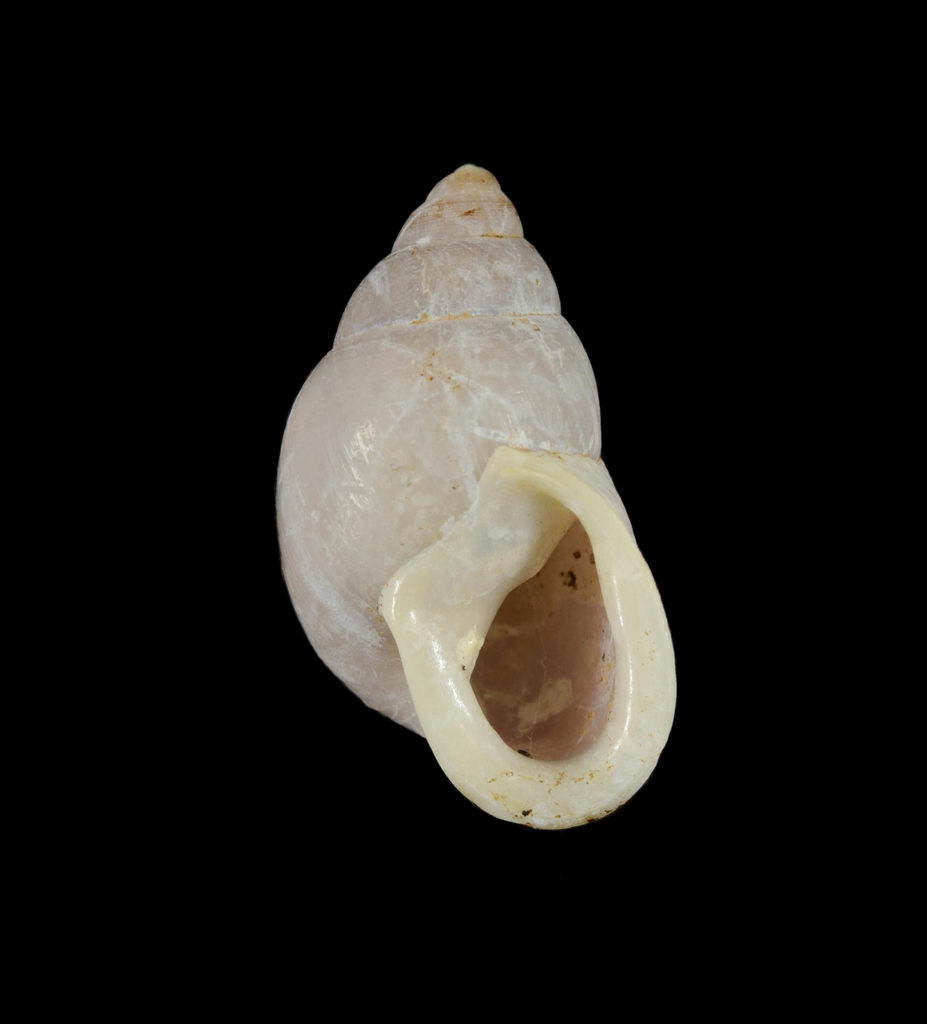|
Geology Of Guam
The geology of Guam formed as a result of mafic, felsic and intermediate composition volcanic rocks erupting below the ocean, building up the base of the island in the Eocene, between 33.9 and 56 million years ago. The island emerged above the water in the Eocene, although the volcanic crater collapsed. A second volcanic crater formed on the south of the island in the Oligocene and Miocene. In the shallow water, numerous limestone formations took shape, with thick alternating layers of volcanic material. The second crater collapsed and Guam went through a period in which it was almost entirely submerged, resembling a swampy atoll, until structural deformation slowly uplifted different parts of the island to their present topography. The process of uplift led to widespread erosion and clay formation, as well as the deposition of different types of limestone, reflecting different water depths. Stratigraphy & Geologic History Guam began to form in the late middle Eocene with the deve ... [...More Info...] [...Related Items...] OR: [Wikipedia] [Google] [Baidu] [Amazon] |
Mount Alifan
Mount Alifan is a peak on the U.S. island territories of the United States, territory of Guam. It is located in Agat, Guam, Agat on the south-west of the island. Alifan is the highest point overseeing Agat Bay and was the site of fierce fighting during the Battle of Guam (1944), 1944 U.S. invasion of Guam after four years of Japanese occupation of Guam, Japanese occupation. The War in the Pacific National Historical Park owns a "Mt. Alifan Unit" but it is undeveloped. Ecology Mount Alifan and two adjacent peaks were once home to the Mount Alifan partula snail (''Mount Alifana partula, Partula salifana''), which was described in 1925, but was subsequently declared extinct by 1992. References Mountains of Guam Hågat, Guam {{Guam-geo-stub ... [...More Info...] [...Related Items...] OR: [Wikipedia] [Google] [Baidu] [Amazon] |
Guam Environmental Protection Agency
The Guam Environmental Protection Agency (Guam EPA, ) is a government agency of the United States territory of Guam. History Acting Gov. Kurt S. Moylan Signed Public Law 11-191 on Dec. 7, 1972 that enabled the creation of the Guam Environmental Protection Agency. The Public Law gave responsibilities once given to different agencies and commissions to the newly formed Guam EPA. On March 3, the following year, Guam EPA officially started work and took up residence at the Harmon Plaza. In 1995 the Agency moved from the Harmon Industrial Park to Tiyan Barrigada. The building was available after the Department of Defense returned properties that were part of the former Naval Air Station (NAS) Guam to the Government of Guam. Policy and Purpose The public law creating Guam EPA states, ''"It is hereby declared to be the public policy of this Territory of Guam that a high quality environment be maintained at all times to guarantee an enjoyable life for all people at present and in the fu ... [...More Info...] [...Related Items...] OR: [Wikipedia] [Google] [Baidu] [Amazon] |
Guam Waterworks Authority
Guam ( ; ) is an island that is an organized, unincorporated territory of the United States in the Micronesia subregion of the western Pacific Ocean. Guam's capital is Hagåtña, and the most populous village is Dededo. It is the westernmost point and territory of the United States, as measured from the geographic center of the U.S. In Oceania, Guam is the largest and southernmost of the Mariana Islands and the largest island in Micronesia. As of 2022, its population was 168,801. Chamorros are its largest ethnic group, but a minority on the multiethnic island. The territory spans and has a population density of . Indigenous Guamanians are the Chamorro, who are related to the Austronesian peoples of the Malay Archipelago, the Philippines, Taiwan, and Polynesia. But unlike most of its neighbors, the Chamorro language is not classified as a Micronesian or Polynesian language. Rather, like Palauan, it possibly constitutes an independent branch of the Malayo-Polynesian la ... [...More Info...] [...Related Items...] OR: [Wikipedia] [Google] [Baidu] [Amazon] |
Water Levels In Selected Wells, Guam (cropped)
Water is an inorganic compound with the chemical formula . It is a transparent, tasteless, odorless, and nearly colorless chemical substance. It is the main constituent of Earth's hydrosphere and the fluids of all known living organisms (in which it acts as a solvent). It is vital for all known forms of life, despite not providing food energy or organic micronutrients. Its chemical formula, , indicates that each of its molecules contains one oxygen and two hydrogen atoms, connected by covalent bonds. The hydrogen atoms are attached to the oxygen atom at an angle of 104.45°. In liquid form, is also called "water" at standard temperature and pressure. Because Earth's environment is relatively close to water's triple point, water exists on Earth as a solid, a liquid, and a gas. It forms precipitation in the form of rain and aerosols in the form of fog. Clouds consist of suspended droplets of water and ice, its solid state. When finely divided, crystalline ice may precipitat ... [...More Info...] [...Related Items...] OR: [Wikipedia] [Google] [Baidu] [Amazon] |
